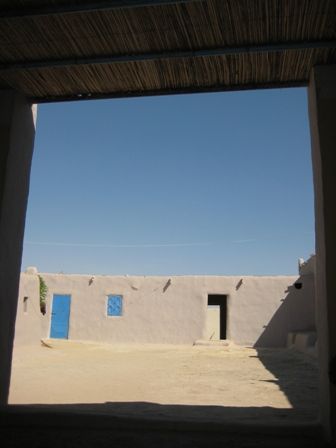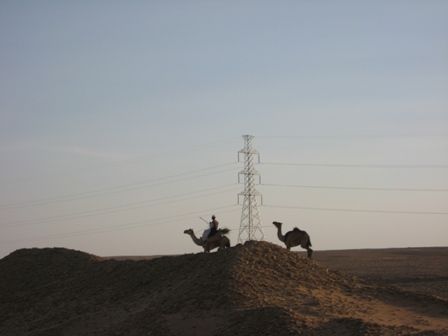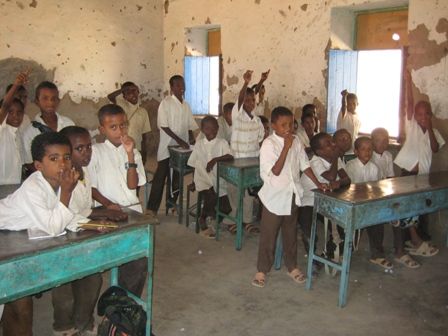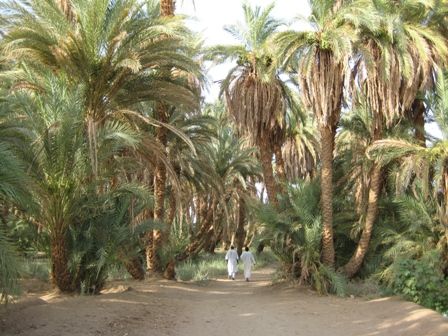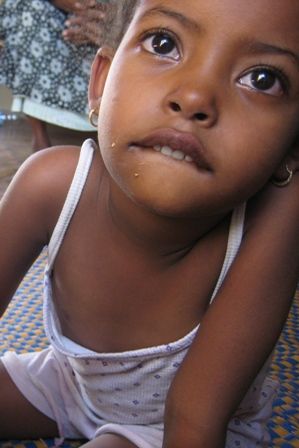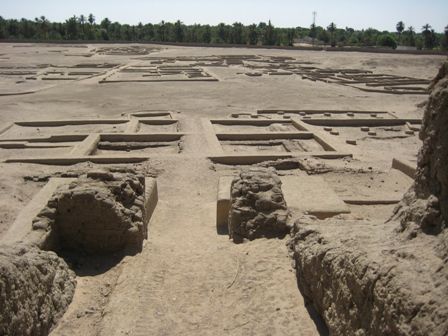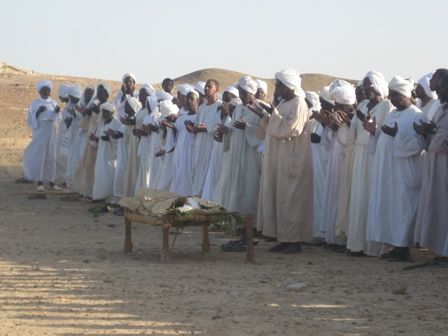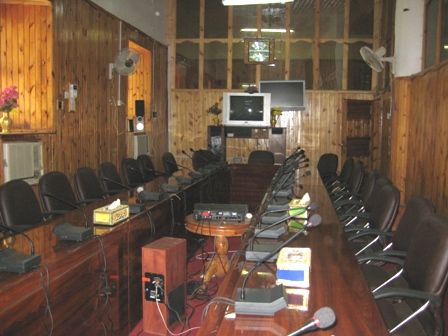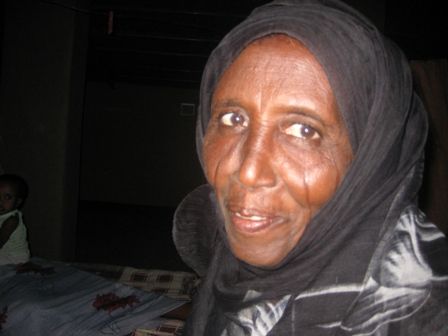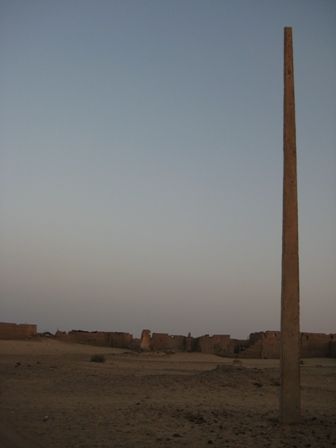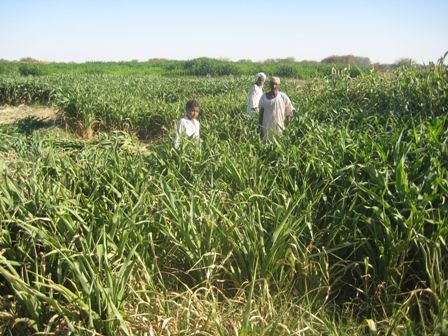In Sudan, we've heard this story before. Marginalization of the country's peripheries has led to armed rebellions in the south, the west (Darfur), and the east of the country. Many believe the north could be next.
Northern Sudan – while mostly Arab, like the government – has gained little from Khartoum. The government now makes billions of dollars in oil revenue annually, but many northerners still live without clean drinking water, electricity, proper education or health care.
This is a look at the lives of ordinary villagers in northern Sudan – a region that has received dangerously little attention.
"It's like when you try to stop a bush fire," says one United Nations risk management official. "You think you've stopped it and then it pops up in another area. There aren't many other areas it can pop up in Sudan, except Northern State."
Photographs by Heba Aly
